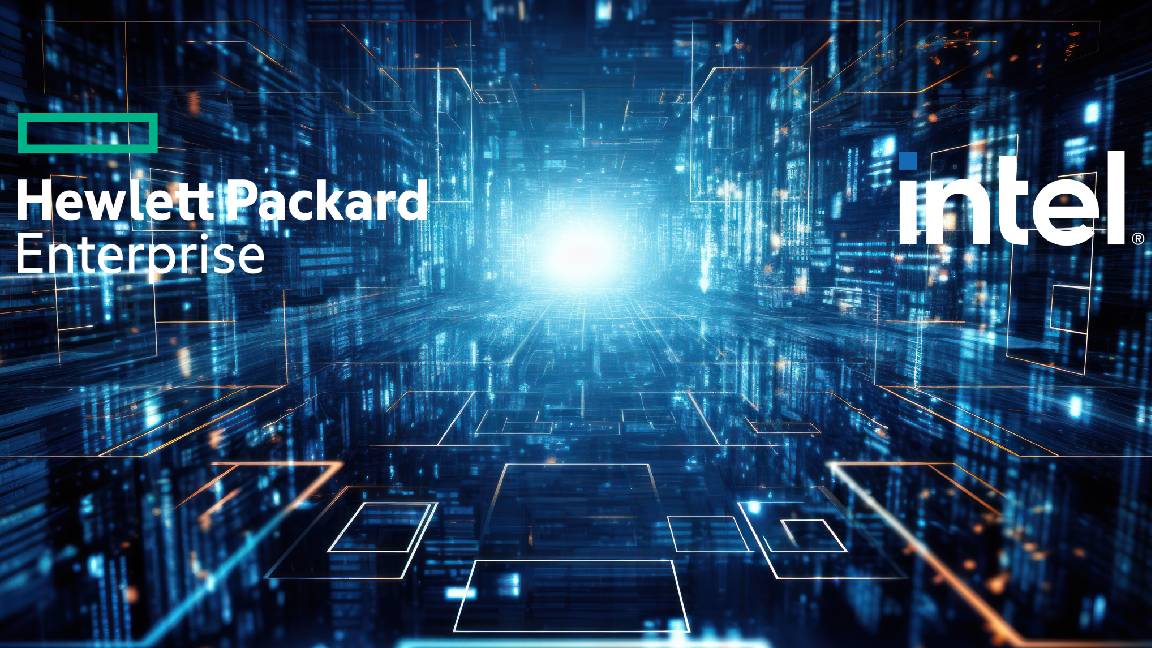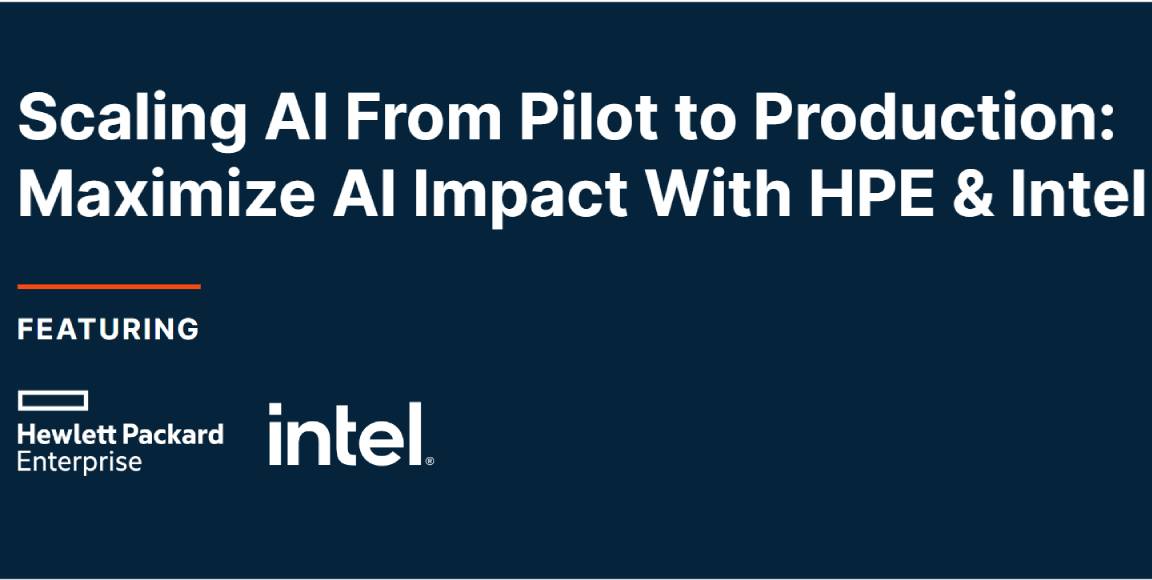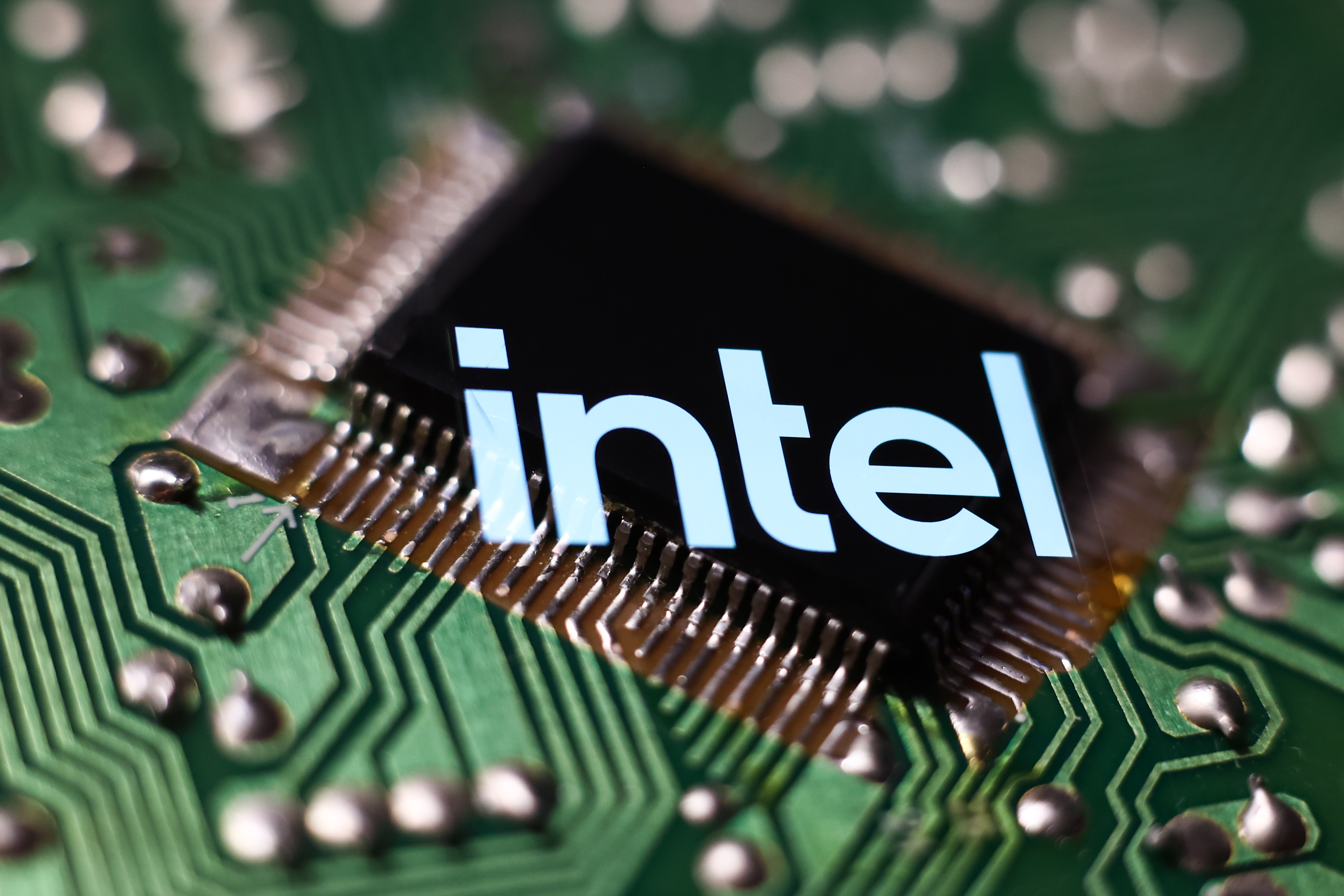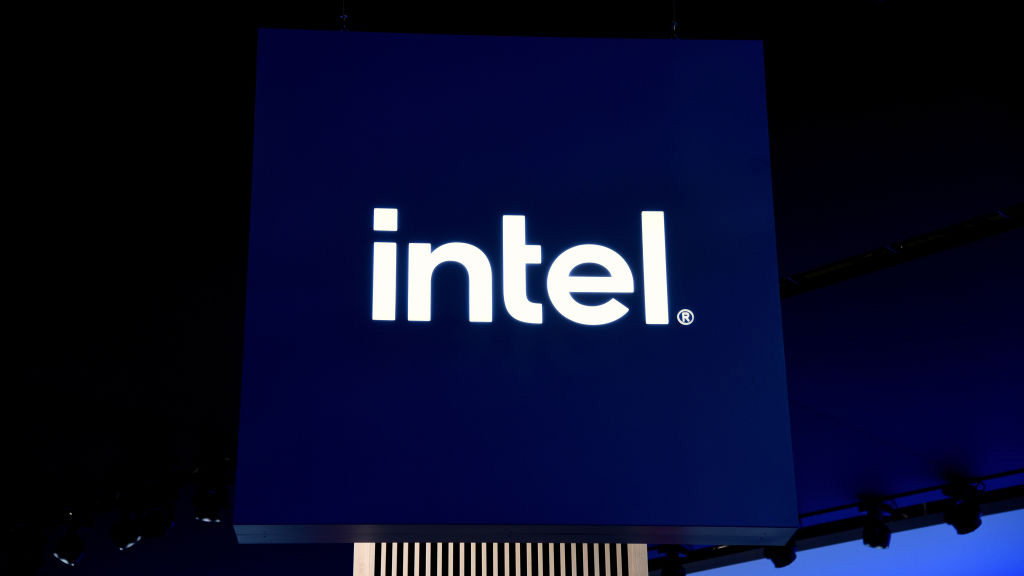Storage hikes in solid state and hard drives
Breakthroughs promise cheaper and deeper storage.

Two tech heavyweights have announced major advancements in storage, with Toshiba boosting magenetic disk capacities and Intel teaming up with Micron Technology to double flash disk density.
Toshiba has increased storage densities by almost five times using a technology it calls bit-patterned media. The coating uses magnetic spheres organised in rows to create a richer field of 2.5Tbits per square inch. Current media can only reach 541Gbits.
Researchers have produced prototypes of the medium before but the results lacked the reliability required for consistent results. By cracking the problem of organising the spheres, the process could now lend itself to commercial production.
Toshiba hopes to have drives based on bit-patterning on the market by 2013. These would be capable of storing 4TB or more in the same footprint today's 1TB drives.
Intel and Micron have announced the delivery of NAND flash memory chips that double the density of solid state storage.
Under the name of IM Flash Technologies (IMFT), the companies have developed a 25-nanometre (nm) lithography process that produces an 8GB chip measuring 19mm by 9mm.
These chips can be used to produce much smaller solid-state drives and will be ideal for mobile devices, such as USB drives and smartphone memories. Unit prices have yet to be announced but IMFT predicts that the cost per megabyte will be much lower than current drives.
Sign up today and you will receive a free copy of our Future Focus 2025 report - the leading guidance on AI, cybersecurity and other IT challenges as per 700+ senior executives
With memory prices always being at a premium initially and falling away as supplies increase, it may be a year or so before the cost differential is apparent.
IMFT have been here before with a similar technology based on 34nm lithography which launched but was then withdrawn due to reliability issues.
The consortium now believes that these problems are behind them and expect to be in full production around the end of this year.
-
 Gender diversity improvements could be the key to tackling the UK's AI skills shortage
Gender diversity improvements could be the key to tackling the UK's AI skills shortageNews Encouraging more women to pursue tech careers could plug huge gaps in the AI workforce
-
 Researchers claim Salt Typhoon masterminds learned their trade at Cisco Network Academy
Researchers claim Salt Typhoon masterminds learned their trade at Cisco Network AcademyNews The Salt Typhoon hacker group has targeted telecoms operators and US National Guard networks in recent years
-
 Gaining timely insights with AI inferencing at the edge
Gaining timely insights with AI inferencing at the edgeWhitepaper Business differentiation in an AI-everywhere era
-
 Scaling AI from pilot to production: Maximize AI impact with HPE & Intel
Scaling AI from pilot to production: Maximize AI impact with HPE & IntelWhitepaper Transform AI proof-of-concepts into full-scale implementations
-
 UK supercomputer boom as HPE and Dell receive funding for new AI cluster
UK supercomputer boom as HPE and Dell receive funding for new AI clusterNews The UK’s AI computing capabilities will increase by an order of magnitude in 2024
-
 AI gold rush continues as Hugging Face snags $235 million from IBM
AI gold rush continues as Hugging Face snags $235 million from IBMNews The investment round, which brings the company's valuation to $4.5 billion, also includes Amazon, Google, Intel, and Salesforce
-
 Why is ASUS reviving Intel’s NUC mini-PC line?
Why is ASUS reviving Intel’s NUC mini-PC line?News The diminutive PC is to rise again while analysts look for the business case
-
 Intel targets AI hardware dominance by 2025
Intel targets AI hardware dominance by 2025News The chip giant's diverse range of CPUs, GPUs, and AI accelerators complement its commitment to an open AI ecosystem
-
 Why aren’t factories as smart as they could be?
Why aren’t factories as smart as they could be?Whitepaper How edge computing accelerates the journey to a remarkable factory
-
 Who needs Intel vPro®, An Intel® Evo™ Design, anyway?
Who needs Intel vPro®, An Intel® Evo™ Design, anyway?Sponsored With flexible work on the up, the demand for high performance on-the-go business laptops has never been greater